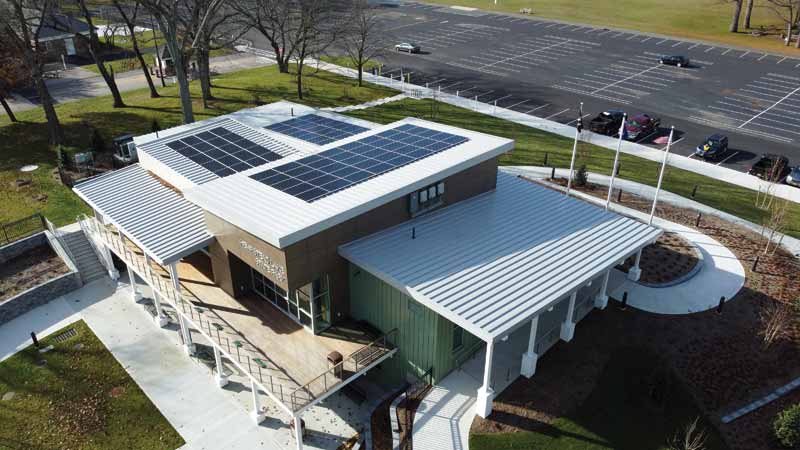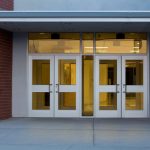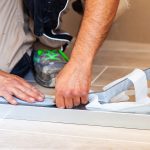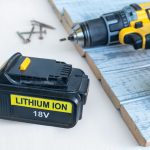
Metal roofing is a preferred roofing material due to its longevity, minimal maintenance, and resilience to damage from hail, wildfires, and high wind events. Another reason metal is selected by many building owners is its environmental impact when compared to other roofing materials. Metal roofing is produced from high recycled content and can be completely recycled at the end of its long service life of more than 50 years, making it an obvious choice for building owners.
With the addition of cool reflective paint pigments, which reduce a building’s cooling load, and because panels are easily installed onto a standing seam metal roof, metal roofing continues to grow in market share. As state and local governments introduce mandates for solar panels to be installed on buildings, this may also have an impact on an increase in metal roof installations. Incentives, such as tax credits and rebates, are available for solar arrays. The Solar Investment Tax Credit has been expanded to offer a 30 percent tax credit for installing photovoltaic systems through 2032.
A standing seam metal roof is the ideal platform for solar panels due to its long service life. When installing a crystalline photovoltaic solar system (typically warranted for 25 years of power generation) over a metal roof, a building owner benefits from a roofing substrate, which has a greater life expectancy than solar panels. Standing seam metal panels also provide a natural platform for attaching crystalline systems without any roof penetration. Special clamps are used to attach the solar panels to the metal seams. Additionally, highly reflective roofs with cooler rooftop temperatures result in better performance of solar panels. Even if a building owner is not prepared to invest in a rooftop solar array now, by installing a solar-ready standing seam metal roof, the solar panels can easily be added in the future.
Insulated metal roof panels (IMPs) provide the look of a standing seam metal roof with the added benefits of thermal performance, building efficiency, and durability. IMPs are installed faster compared to individual roof components. Therefore, the construction schedule and building completion are accelerated because drying in a building takes a shorter period. Solar panels can also be installed on standing seam IMP roofing.
Regarding cool metal roofing, cool pigment paints reflect infrared radiation, allowing colors to resist chalking and fading while maintaining cooler surface temperatures. These coatings meet national energy standards and guidelines. Many cool paint colors comply with stringent California Title 24 Building Energy Efficiency Standards as well. LEED credits can be acquired depending on the roof’s solar reflectance index and solar-ready capabilities.
Lee Ann M. Slattery, FCSI, CDT, CCPR, LEED AP BD+C is the sales support manager for ATAS International and the treasurer for the Metal Construction Association. She has 30 years of experience in sales and marketing within the architectural building products industry. Lee Ann was elevated to Fellowship within CSI in 2020. She currently serves on the education committee for National Women in Roofing and is a director on the board for Let’s Build Construction Camp for Girls.





